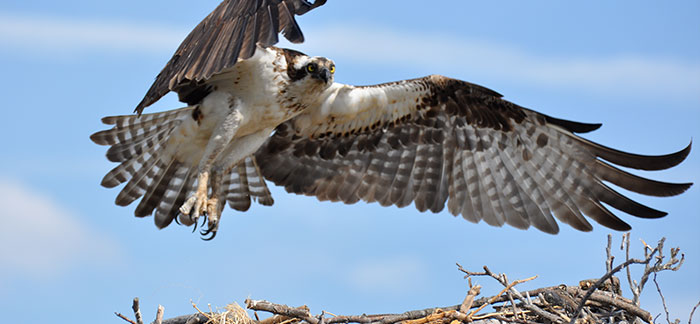-
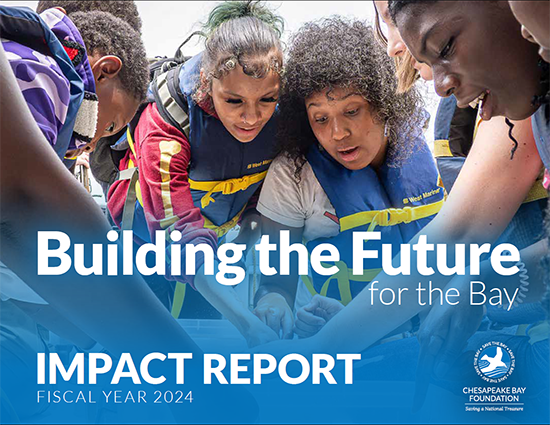
-
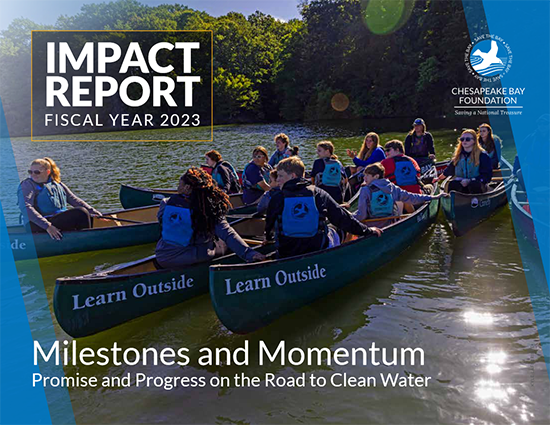
Fiscal Year 2023 Impact Report
Milestones and Momentum: Promise and Progress on the Road to Clean Water
2023
-
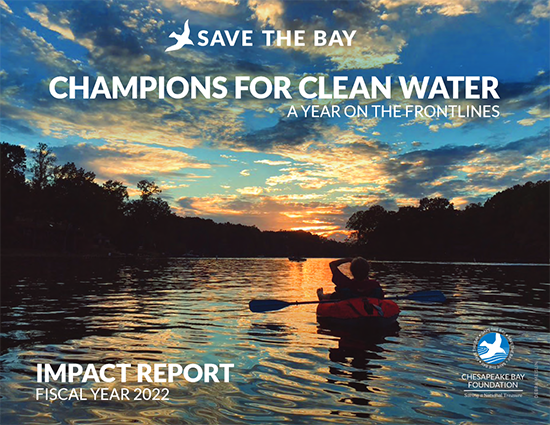
-
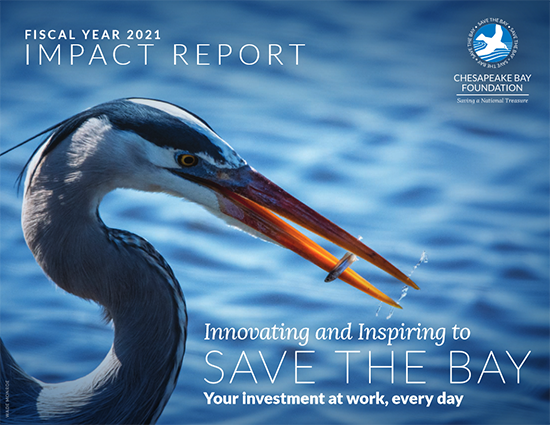
Fiscal Year 2021 Impact Report
Innovating and Inspiring to Save the Bay: Your Investment at Work, Every Day
2021
-
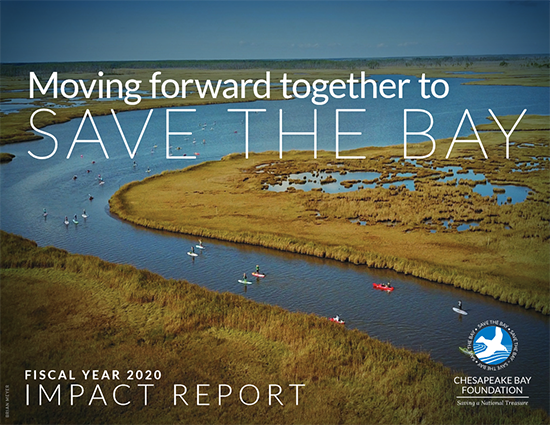
-
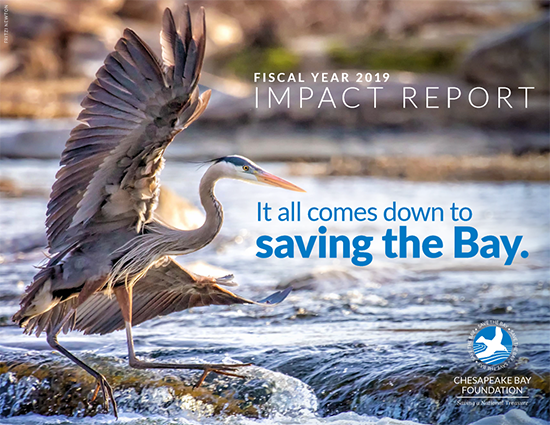
-
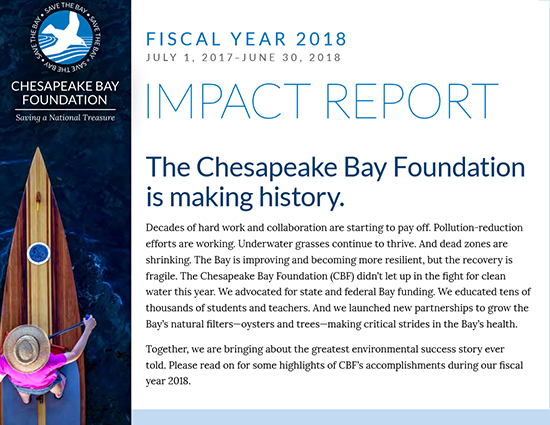
•Impact Reports
Impact Reports
An annual look at the impacts CBF has had throughout the watershed, thanks to our supporters.

